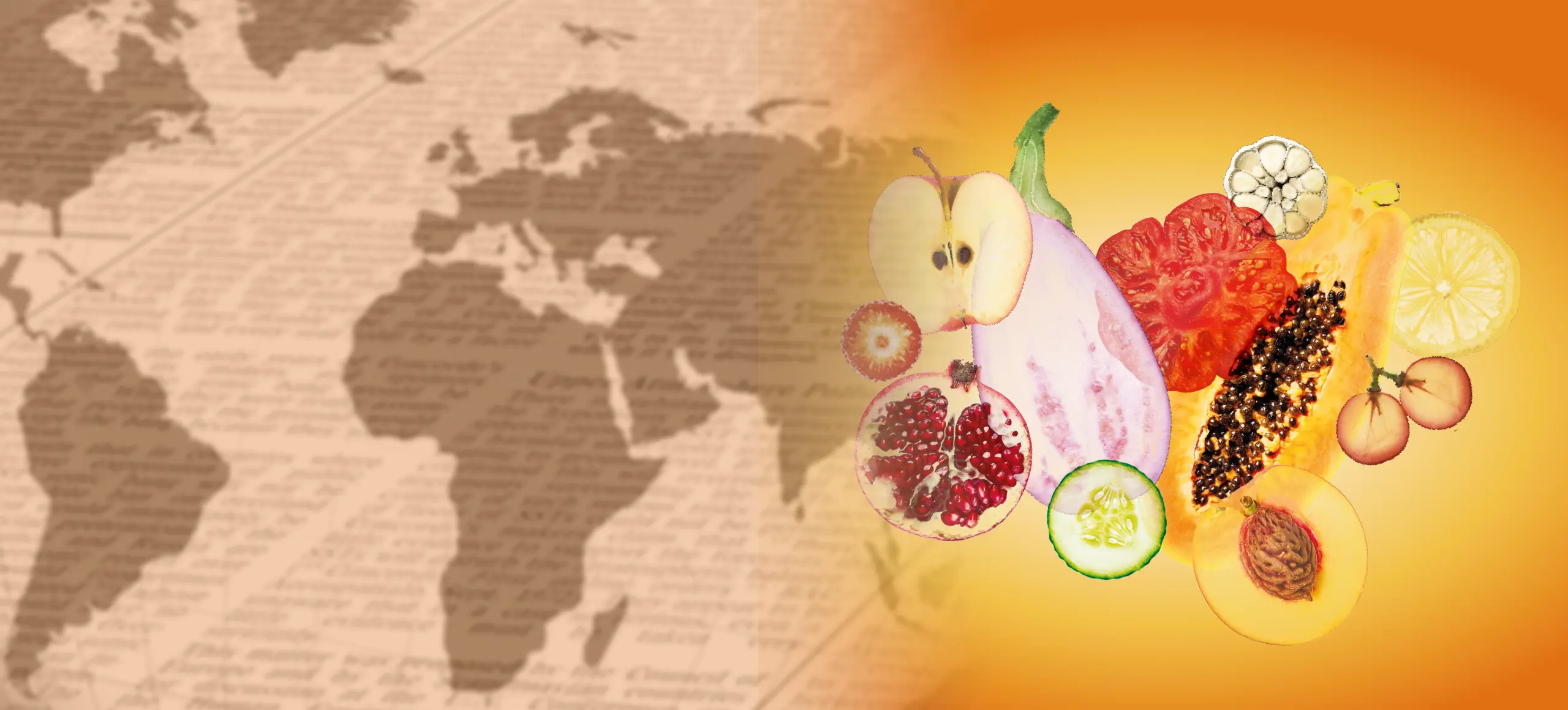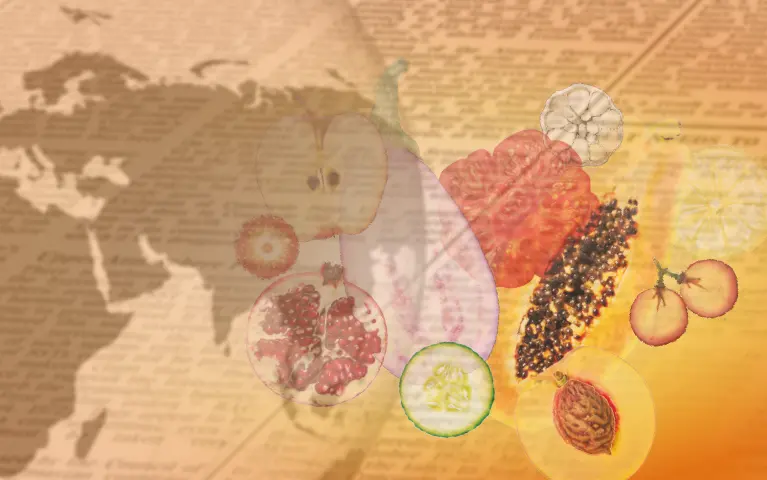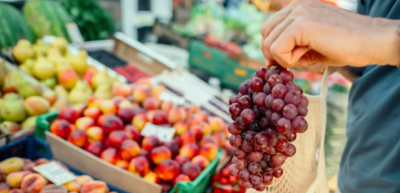

Can the concept of healthy eating be part of the sales value of fruit and vegetables? The answer is yes
Far from being a passing fad, healthy eating has become a social priority and a strategic value in the marketing of agricultural products. In a scenario where consumers are demanding food that not only nourishes, but also actively contributes to general wellbeing, a key question arises: can fruit and vegetables consolidate their position as protagonists in this new consumption dynamic? The answer is clear: yes. This article looks at how these products can become pillars of a balanced diet and how the agricultural sector can capitalise on this trend to strengthen its market position.
What is healthy and balanced nutrition?
A healthy diet is one that ensures an adequate intake of essential nutrients for optimal functioning of the body, maintaining a balance between macronutrients (carbohydrates, proteins and fats) and micronutrients (vitamins and minerals). This concept transcends mere food choices and incorporates sustainable practices and a greater awareness of the origin and quality of the products consumed.
According to the World Health Organisation (WHO), a healthy diet helps protect against malnutrition in all its forms, as well as non-communicable diseases such as diabetes, heart disease, stroke and some cancers. The WHO warns that, globally, unhealthy diets and physical inactivity are among the main risk factors for ill health.
What role do fruits and vegetables play in the healthy eating table?
Essential in a balanced diet, fruit and vegetables are rich in vitamins, minerals, fibre and antioxidants. According to the World Health Organisation (WHO), a minimum daily consumption of 400 grams can help prevent chronic diseases such as cardiovascular diseases, certain types of cancer and diabetes. In addition, their low calorie content and high percentage of water make them key allies in controlling body weight.
Importance of agricultural production in a healthy society
Agricultural production not only ensures food supply, but also plays an essential role in promoting a healthier society. Decisions about what and how food is grown have a direct impact on the availability, nutritional quality and safety of food. An international study published in The Lancet (PURE, 2017), revealed that diets rich in fruit and vegetables can reduce premature mortality by up to 31%, especially from cardiovascular causes. This finding has been supported by other studies and meta-analyses confirming the positive impact of a higher intake of plant foods on the prevention of chronic diseases, including heart and metabolic disorders.
Beyond the aforementioned kale, products such as avocado, due to its high monounsaturated fat content; broccoli, a source of sulforaphane with anticarcinogenic properties; and blueberries, rich in antioxidants, have consolidated their position on the shelves of healthy products. These are joined by others such as spinach (rich in iron and folate), carrots
(high in beta-carotene), tomatoes (source of lycopene) and red peppers (very rich in vitamin C). According to Euromonitor and Mintel, the growth in demand for healthy and organic products has been steady, and is expected to continue over the next decade, especially among urban and young consumers. This phenomenon is also driving a preference for local foods, which are perceived as safer, more sustainable and more transparent in terms of traceability.
Strategies for aligning production with healthy diets
Encouraging local and local products
Promoting the consumption of local products not only boosts the regional economy, but also reduces the carbon footprint, improving the sustainability of the food system. Analyses show that the promotion of local food offers measurable environmental and economic impacts. In Spain, the municipality of Vitoria-Gasteiz has launched a food plan with the aim of increasing local consumption, currently at only 1%. This project plans to strengthen short marketing circuits and reduce dependence on imports. In addition, opting for seasonal products improves freshness, reduces food waste and significantly reduces emissions associated with transport, according to an analysis by Mapfre.
Innovations in cultivation techniques
Technologies such as hydroponics and vertical farming are revolutionising the cultivation of fruit and vegetables. Hydroponics can reduce water use by up to 90% and fertiliser use by 60%. Vertical farming can offer 10 to 20 times higher yields per cultivated area compared to traditional systems. Projects such as AeroFarms in the US or Infarm in Europe have shown that it is possible to grow crops without pesticides, using 95% less water and 75% less fertiliser, all in urban environments.
Certifications and quality standards
Certifications such as Global GAP or organic seals allow accreditation of compliance with demanding sustainability and food safety standards, increasing the value of products and offering clear guarantees to consumers.
The incorporation of the concept of healthy eating in the marketing of fruit and vegetables not only responds to an obvious social need, but also represents a smart business strategy. The adoption of sustainable practices, the promotion of nutritious crops and the valorisation of local produce reinforce the connection between food and wellbeing, adding a differential value that contemporary consumers are willing to recognise and reward.






